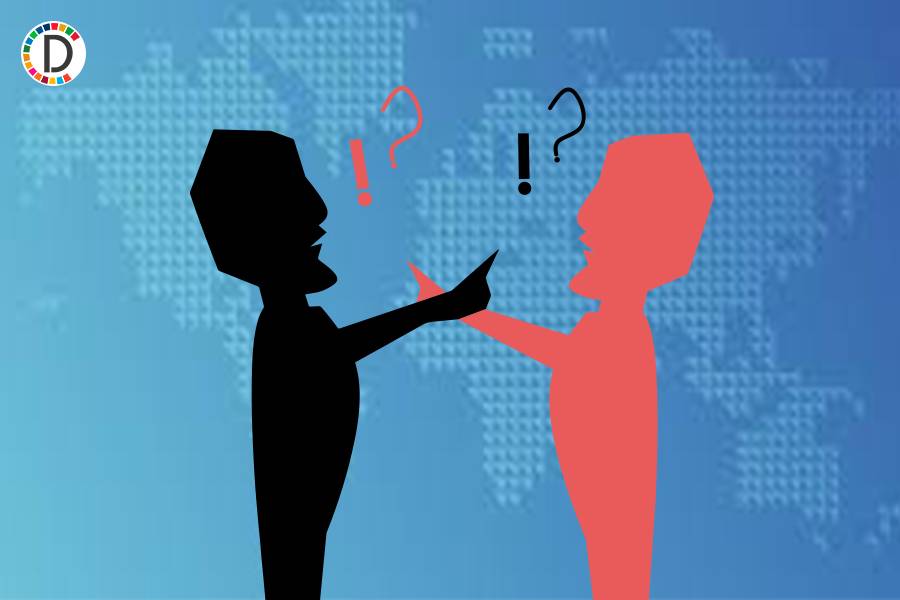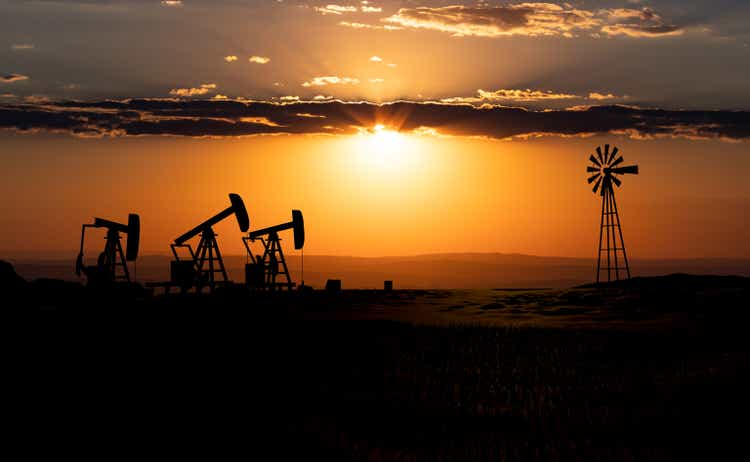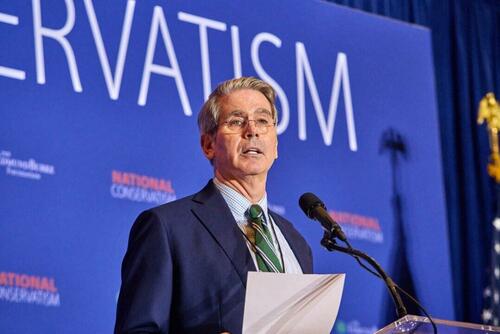
I am a lucky person becauseall myrelatives on my father’s side have lowblood pressure even in old age. My normalblood pressure is 110/70 mm Hg. Some 2 or 3 hoursafter a run or aworkout, it sometimes dropsto 95/60mm Hg.
That is why I alwaysthought coffee had sucha good effect onme becauseit was raising my bloodpressure. But that is not thewhole point (I do not consume sugarand milkat all). The thing is that coffeecontains caffeine.
And caffeine,in addition to raising blood pressure, isa light and fast-actingnootropic substance that stimulates mental activity by improvingconnections between brainnerve cellsor neurons.There is not so much caffeinein tea.Black orgreen teahas no effect onme whatsoever.
I drink themlike water. In addition to caffeine, other types of natural andsynthetic nootropics are also available today: omega-3s, l-theanine, racetams, gingko biloba,Panax ginseng, rhodiola, creatine. In Eastern Europe,piracetam (Nootropil, Lucetam) has been actively usedfor fifty years in order to improvethe mental concentration of children duringthe educational process, for example, whentaking exams (!).
It is recommended notonly by local familydoctors or GPs, but alsoby neurologists. Its effect is very similar to that of caffeine: your thinking becomesextremely clear. As far as I know,over the period of fifty years therehas been only onecase of a significant side effectexperienced by an individual who ate morethan seventy (!) pills at once.
Andit was claimed that the effectwas ratherdue to the large cumulative intake of sorbitol inthose pills. It is obvious that omega-3acids also improve the functioning of your brain. However, it is hard for me tosay how fast they act.
But the most interestingthing is that such traditionalChinese remedies asGinkgo biloba orginseng are also classified as nootropics. Eventually, Chinawill have to master the cultivationof coffee, while other coffeeproducers will have to master the cultivationof Gingko biloba andginseng. It may seem thatthese are unfounded fantasies.
However, the history of coffee suggestsotherwise. I think many know that thehomeland of a coffee tree is Ethiopia that is located in East Africa. However, inthe 15th century various coffee drinks began to gradually spread to otherregions.
First, they moved to Yemen. Then they moved to the Ottoman-controlled MiddleEast, Persia (modern Iran), India, and North Africa. With the expansion of the OttomanEmpire’s power on the European continent, coffee drinks were becoming increasingly popular in thecountries of Central Europe (Hungary, Austria), as well as in Southern Europe,first of all in Italy.
Fairly soon Western European countries joined this trend.This was facilitated by the fact that many Western European countries – the Netherlands,United Kingdom, France, Spain, and Portugal – possessed large colonial empires,particularly in tropical regions.As a result, coffee began to spread in thosecolonies not only as a drink for everyday use, but also as a plant forcommercial cultivation.
Despite the fact that the Dutchwere the first who tried to commercially cultivate coffee in the Dutch EastIndies, present day Indonesia, it was Brazil, a former colony of Portugal, that came to dominate the world of coffeecultivation in the 19th century and early 20th century, alongside other Southand Central American countries (Colombia, Ecuador, and others). According to the UN Food and AgriculturalOrganization (FAO), the global coffee harvest was around 10.8 million in 2022,split between the Arabica (60%) and Robusta (40%) variety.
The total marketshare of South and Central American countries amounted to 50%, where Brazil wasstill the world’s largest producer of coffee beans with the market share of30%. Arabica is undoubtedly smootherand milder in taste. But Robusta has twice as much caffeine.
Arabica definitelycannot wake me up. That is why I need a cup of bitter, intense Robusta espresso(without any sugar and milk!). Asia came second in terms ofproduction with 33%, while the homeland of coffee beans – Africa – is only inthird place with 17%.
From a country perspective, the storyof Vietnam, the world’s second largest coffee producer, is obviously verycompelling. Coffee production became a prominent industry In Vietnam when thecountry was still part of French Indochina. However, the most exciting chapterof this story began in the 1980s and 1990s.
In order to stimulate economicdevelopment following the Vietnam War, the Vietnamese government allowedprivate businesses to operate in the agricultural sector back in 1986. In the1990s, on the back of Vietnam’s improved relations with Western countries, theWorld Bank advised the Vietnamese government to develop its coffee industry sincecoffee was seen as a very promising export commodity that could be easily soldto rich countries in exchange for hard currency. Due to the fact that East andSouth-East Asian people are famously disciplined and hard-working, Vietnam was ableto increase its share of the coffee market from 0.
1% to 18% in just 30 years.As a result, it became the second largest coffee producer and exporter in theworld (see Picture 1 below). That is why China, which now ranks 16th in termsof production, has a potential of becoming one of the leading coffee producersif necessary.
As for coffee consumption, the producingcountries consume 30% of total production. In terms of coffee imports, developedcountries obviously dominate with the European Union accounting for 24% oftotal global imports, while the United States’ share is 16%. The average global coffee consumption percapita is about 1.
3 kg annually. However, regional consumption trends are verydifferent. According to World Atlas, the Nordic countries are the largestconsumers of coffee with Finland coming in first place (see Picture 2 below.
Pardon me, Luxembourg! But we need larger countries for comparison purposes).In this country, on average, the annual coffee consumption amounts to 12 kg percapita, that is, four cups of coffee every single day. Furthermore, Finnishlegislation stipulates that employees are entitled to 2 coffee breaks, from 10to 15 minutes each, during the working day.
Norway is in second place with 9.9kg of annual coffee consumption per capita, while Iceland came third with 9 kg andDenmark is in fourth place with 8.7 kg.
In general, in terms of per-capitaconsumption, the European countries are the largest coffee consuming countries.The only exception is Canada that came tenth. As for coffee prices, the current price of Arabicacoffee on the New York Mercantile Exchange is around $2.
56 per pound ($5.64 = €5.28 per 1 kg), compared to $1.
79 per pound ($3.95 = EUR 3.68 per 1 kg)a year ago.
Atthe same time, the price of Robustacoffee on the Intercontinental Exchange is around $4,376 per ton ($4.38 or €4.10 per 1 kg) rising from $2,697 perton ($2.
70 or €2.52 per 1 kg) a year ago. Inother words,prices for both varieties rose by 43% and 62% over the past year.
In a historical context, though,one should admit that today’s prices cannot beconsidered extreme. These were higher both in 2011, reaching $3.05 per pound(+19% compared to today’s prices); in 1997, reaching $3.
15 per pound (+23%);and in 1986, reaching $2.73 per pound(+7%). Historically,Arabica coffee reached an all-time high of $3.
35 per pound back in 1977 duringthe last major stagflation period (+31% compared to the current price) whenprices for many commodities rose drastically over a short span of time. The price of Arabica coffee rose from$45 per pound in 1975 up to $335 in1977. In other words, it grew almost 7.
5 times in just 2 years. Itis interesting to note that coffee is native to Africa. However, it is mostlycultivated in South and Central America today.
In turn, cocoa is native to South andCentral America, while todayit is mainly cultivated in Africa (Ivory Coast, Ghana,Cameroon, Nigeria) that accounts for 67% of world cocoa production according to the UNAgricultural Organization (see Picture 3below). Thisis the result of a process called the Columbian Exchangewhen populations, plants, animals, minerals,and diseaseswere exchanged between the Old World(Europe, Africa, Asia)and the New World (Northand SouthAmerica) (see Picture 4 below and The Columbian Exchange: A History ofDisease, Food, and Ideas”, Nathan Nunn and Nancy Qian, Journal of EconomicPerspectives, Volume 24, Number 2, Spring 2010, Pages 163–188). Why do we like cocoa so much? In additionto caffeine, cocoa beans contain a significant amount of a related substancecalled theobromine.
Theobromine is an alkaloid. Unlike caffeine, it is absorbedmuch slower. But, most importantly, it has a relaxing effect on our respiratorysystem and vascular smooth muscles.
Therefore, when chocolate, that is madefrom cocoa beans, is claimed to be a relaxant, there is a certain degree oftruth in this statement. However, Paracelsus, the father of toxicology, insisted back in the 16thcentury: “In all things there is a poison, and there is nothing without apoison. It depends only upon the dose whether a poison is poison ornot.
..” That is why cocoa is harmful to humans in large quantities and can be thesource of food poisoning.
For dogs and cats, cocoa is toxic even if it is eatenin small quantities (!). Furthermore, its relaxing effect should be used sparingly too. The thing isthat theobromine might lead to improper relaxation of the lower esophagealsphincter muscle.
And this is one of the main causes of acid reflux and heartburn. The price of cocoa on theIntercontinental Exchange is around $7,332 per ton ($7.33 or €6.
86 per 1 kg)rising from $4,051 per ton ($4.05 or €3.79 per 1 kg) a year ago.
This impliesan 81% rise over the past year. Furthermore, the market price of cocoa reachedits all time high of $11,878 per ton in April 2024, thus substantiallyexceeding the previous historical high of $4,541 reached back in 1977. It is quite possible that ifthe current trend of high cocoa prices continues, it may be necessary to startgrowing cocoa in other parts of the world.
We’ve seen this movie before, haven’twe...
There are several ways of investing in coffee and cocoa. You can certainlydo it indirectly by investing, for example, in coffee retailers like Starbucksor chocolate manufacturers like Nestle. However, those companies’ stock prices areinfluenced by a myriad of other factors that are not directly related to coffeeand cocoa.
Fortunately, new financial products are available these days. These are collateralizedExchange-Traded Commodities (ETC) that give you direct exposure to many hard(oil, natural gas, precious and industrial metals) and soft (grains, cotton,sugar, meat, and other agricultural products) commodities, including coffee andcocoa. In fact, these are just commodity exchange-traded funds (ETF).
Furthermore,leveraged versions of those ETCs are available too. For example, you can find WisdomTree Coffee ETC, WisdomTree Coffee 2x DailyLeveraged ETC, WisdomTree Coffee 3x Daily Leveraged ETC, WisdomTree Cocoa ETCand WisdomTree Coсoa 2x Daily LeveragedETC. These are the baskets of coffeeand cocoa futures that are traded on commodity exchanges.
These can be usedboth for hedging and trading purposes. WhenI was writing my PhD-thesis in the Netherlands, my Dutch economics professortold me his personal “coffee” story. Back in the 1990s, a broker advised him to invest in coffee futuresarguing that Brazil was experiencing a particularly fierce cold snap and a poorharvest was all but inevitable.
As was predicted, coffee prices rose sharply. In fact, these nearly doubled. My professor finallywas ready to “exploit” this market bubble and bought coffee futures.
Andit just so happened that it coincided with theperiod when Vietnam began to actively export its coffee to world markets. As aresult, the market price of coffee collapsed by 80%. My professor lost a lotof money.
But, most importantly, his wife, after all these“investing adventures”, firmly said that she would not follow the advice ofeconomists anymore..














